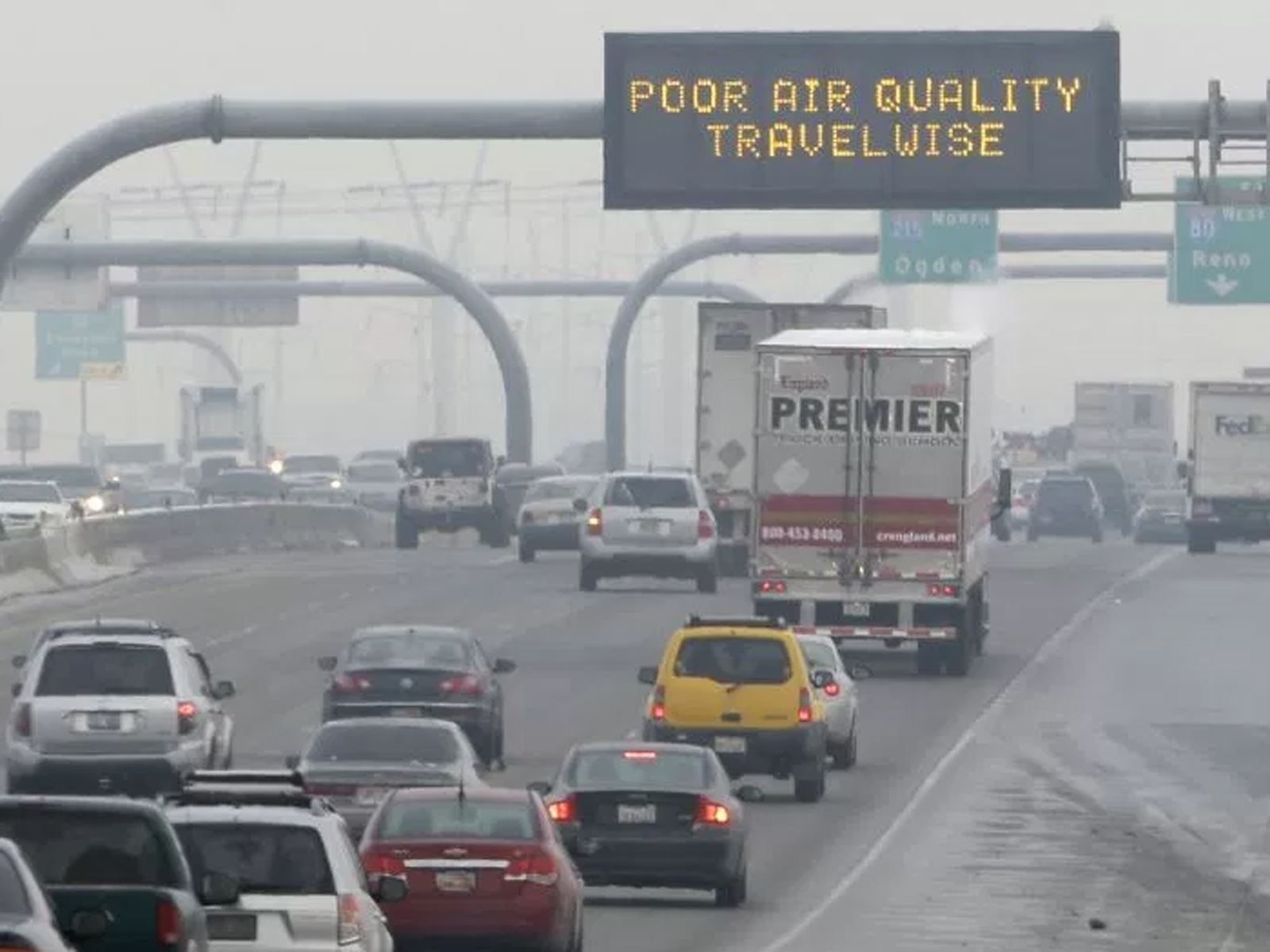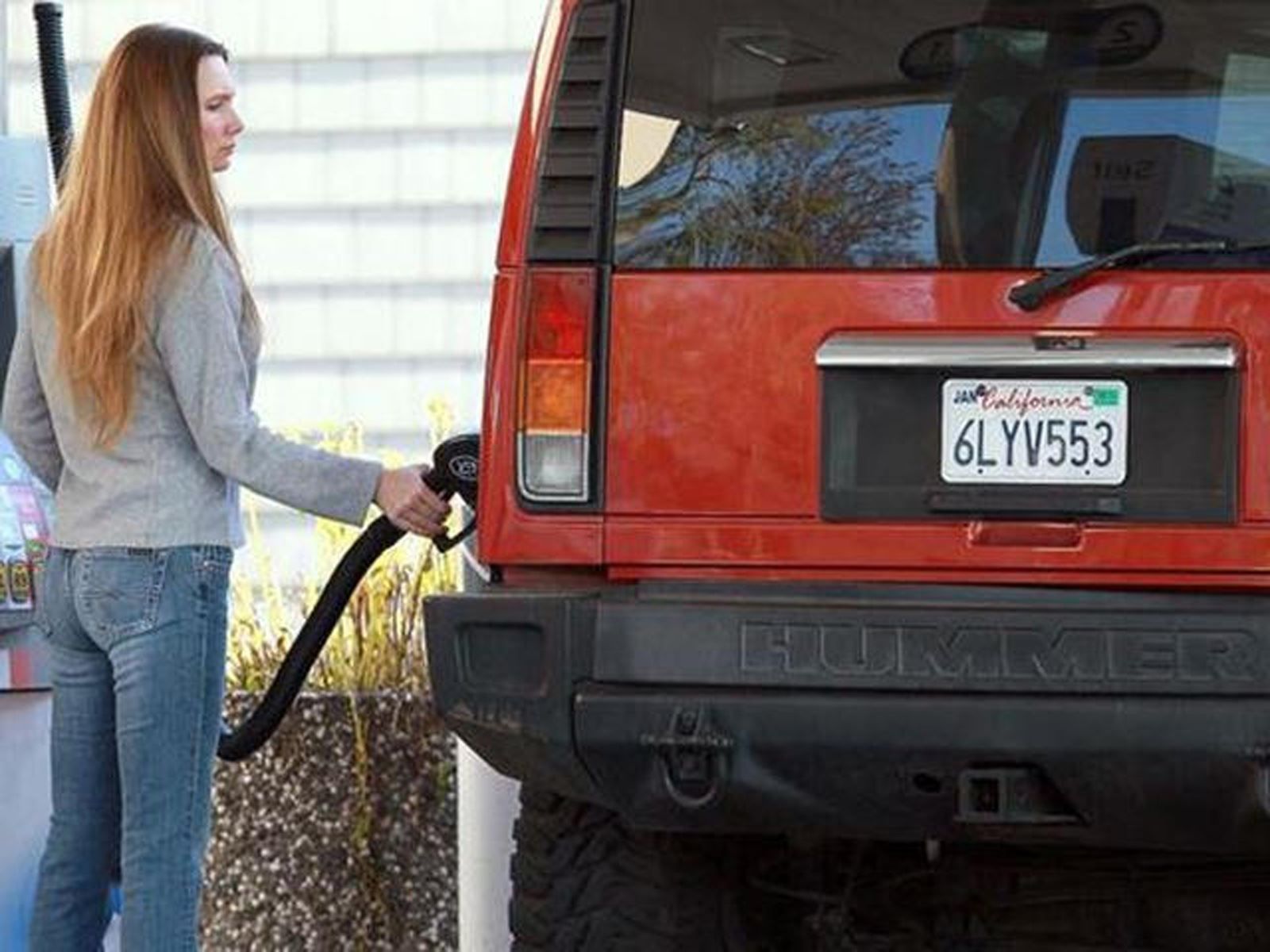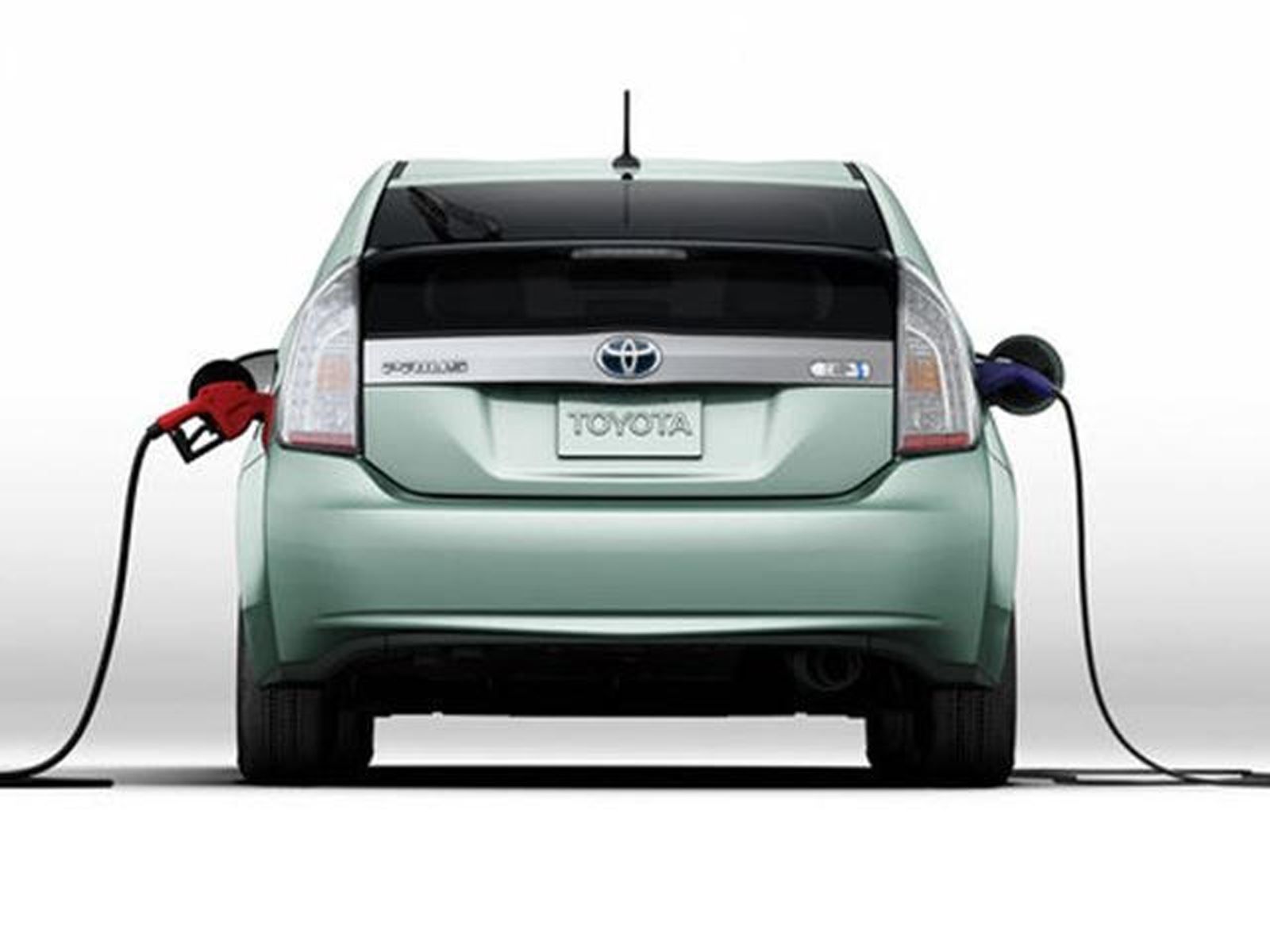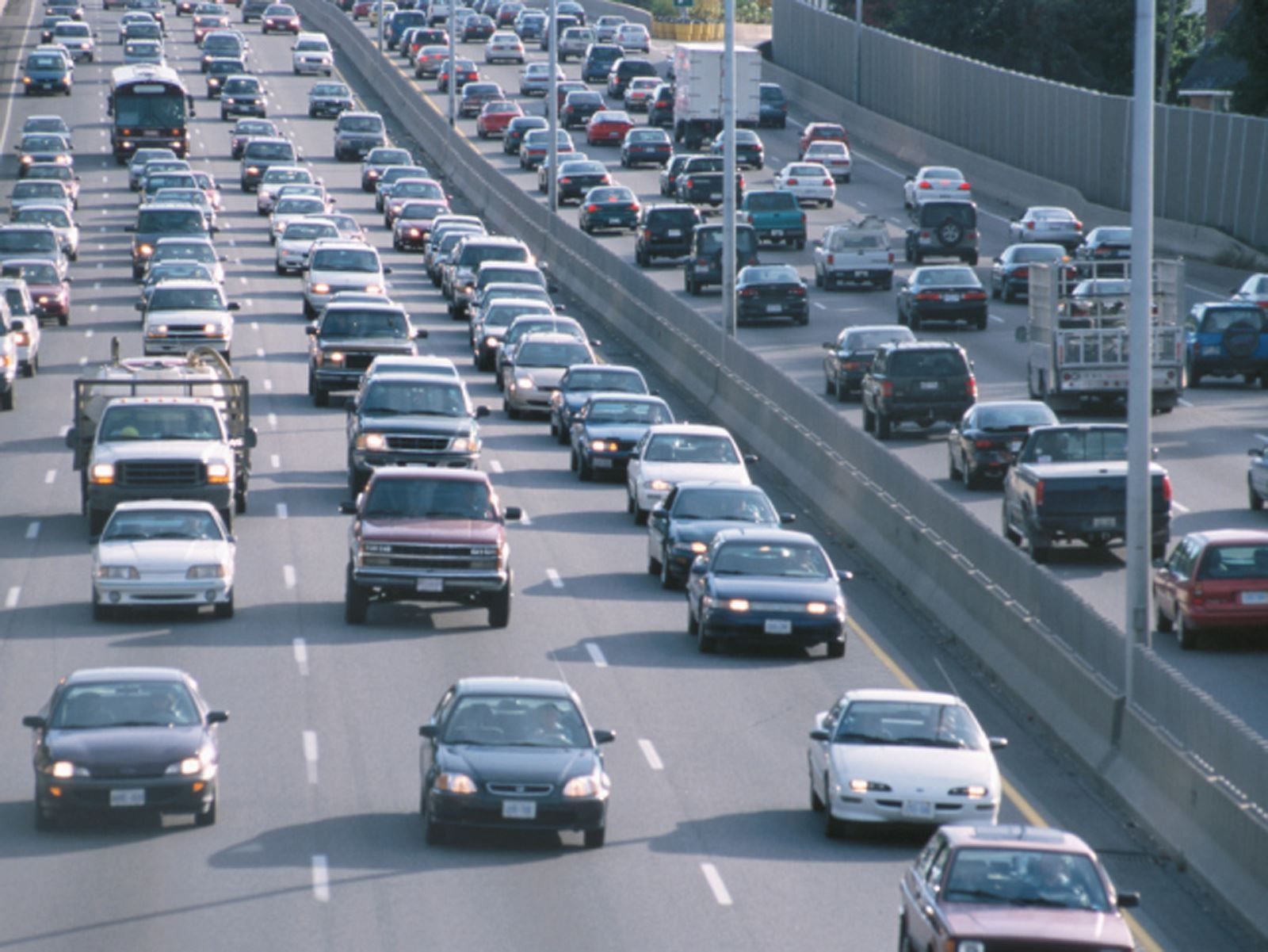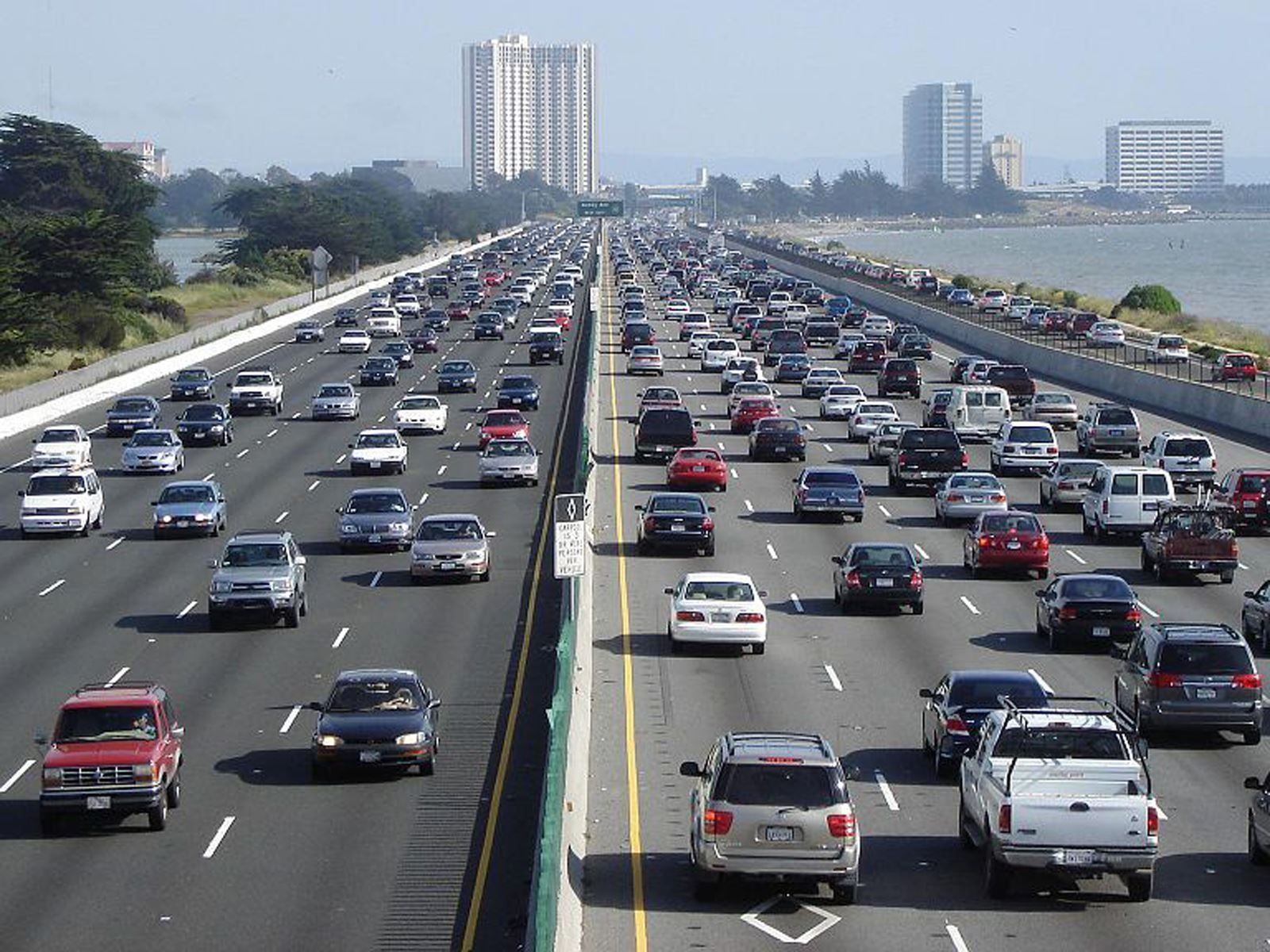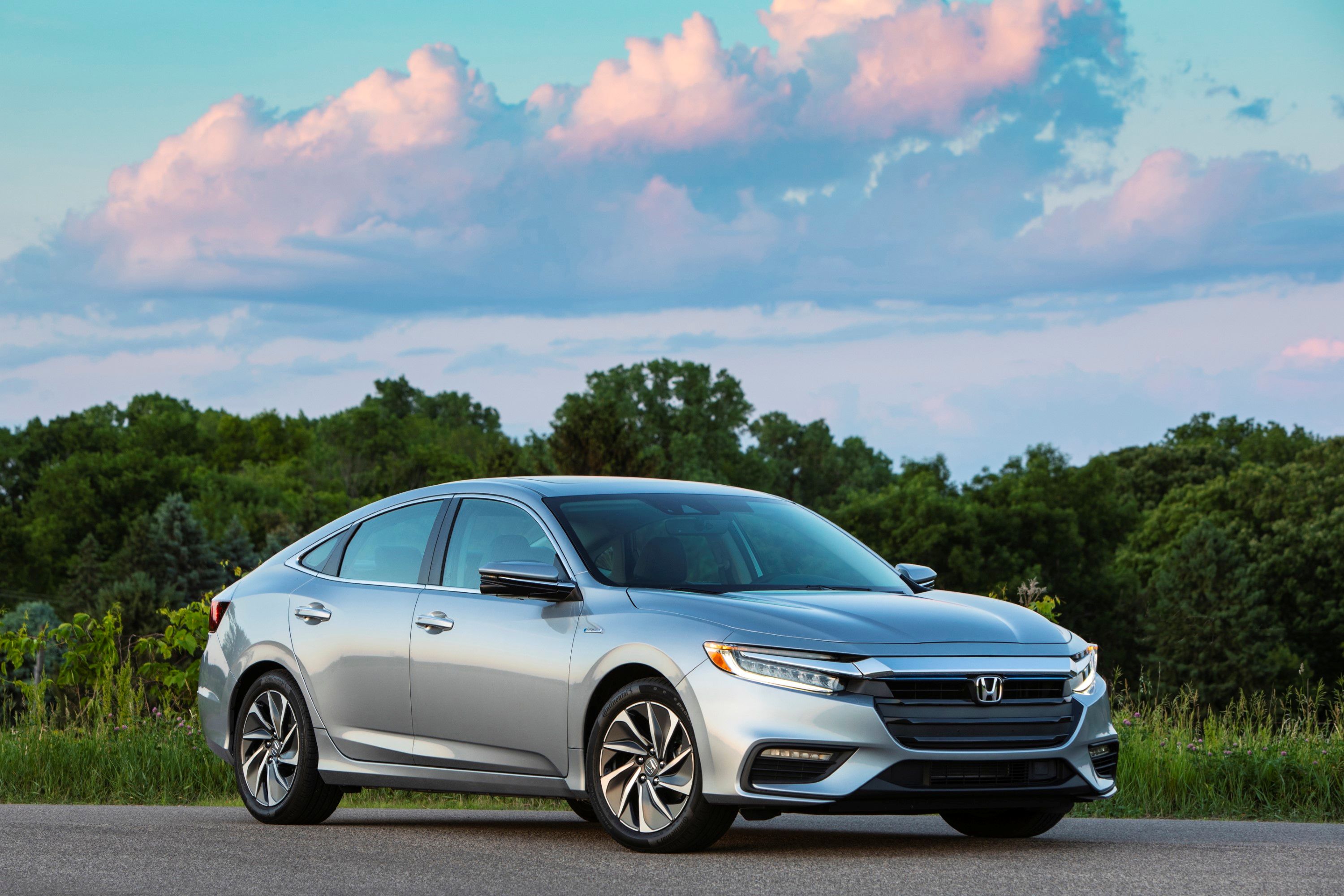
As expected, the Trump administration has announced plans to overhaul proposed fuel economy standards first put into place by the Obama administration. Environmental Protection Agency administrator Scott Pruitt stated that the fuel efficiency standards on model year 2022 to 2025 vehicles was not appropriate. The fleet-wide standards, according to Pruitt, were "too high" and "made assumptions about the standards that didn't comply with reality."
Those previous standards called for doubling by 2025 the average fuel efficiency of new vehicles sold in the US to almost 50 miles per gallon. However, and this is a bit unusual given the circumstances, the EPA did not reveal a new mpg standard. Instead, it plans to work with the National Highway Traffic Safety Administration to create a "notice and comment rulemaking to set more appropriate GHG emissions standards and Corporate Average Fuel Economy (CAFE) standards." Automakers, who have yet to officially comment as of this writing, had been pushing the Trump administration to change the Obama era regulations out of concern they could not meet the 50 mph standard in time.
The Obama administration, back when it first introduced the now cancelled standards, believed setting the 50 mpg figure would push the auto industry to innovate. Meanwhile, the upcoming new EPA standards will likely start a legal battle between the federal government and several states, led by California. For years, California, the most populous state, has set its own emissions standards and received a waiver from the EPA to impose them as it saw fit. Ironically, Pruitt, a major supporter of states' rights, opposes California's green car push. "The California waiver is still being reexamined by the EPA under Administrator Pruitt's leadership," according to the agency's official statement.
"Cooperative federalism doesn't mean that one state can dictate standards for the rest of the country," Pruitt said. Instead, he wants the EPA to "set a national standard for greenhouse gas emissions that allows auto manufacturers to make cars that people both want and can afford – while still expanding environmental and safety benefits of newer cars."

